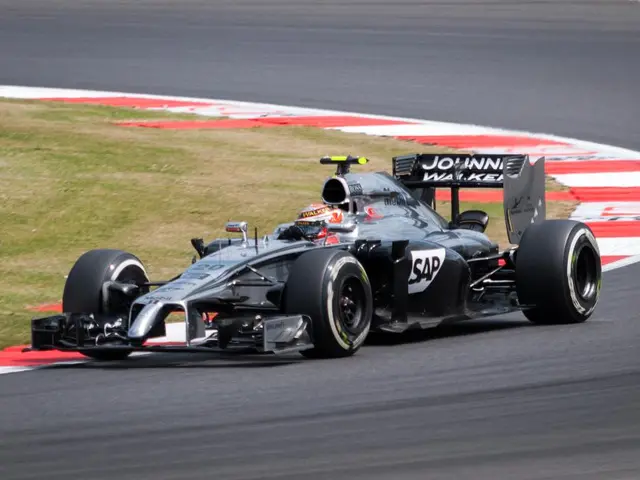Discouraging Tone at COP29: Progress Lags on Climate Change Action
COP29, the annual United Nations climate conference, concluded this week in Baku, Azerbaijan, with a sense of unfulfilled potential and letdown among environmentalists and participants from developing countries.
The conference was initially hoped to be among the more successful meetings in the history of COP, but it is now widely viewed as one of the more disappointing COPs to date. The negotiators backed away from an ambitious climate financing target, settling for a significantly lower goal, and continued to argue among themselves even over this reduced aim.
By the final scheduled day of COP29, the latest draft agreement set a target of $250 billion annually in contributions from developed nations to combat the consequences of global warming. This is markedly lower than the $1.3 trillion goal in the first draft agreement and lacked crucial details, such as which countries are expected to contribute how much. The EU representatives reportedly sought a larger increase in contributions from China, which sought to demonstrate support for developing countries by advocating for the original $1.3 trillion target.
Representatives from developing countries expressed disappointment and anger over the backtracking on the contribution amount. "Our expectations were low, but this is a slap in the face," said Mohamed Adow from Power Shift Africa. "No developing country will fall for this. They have angered and offended the developing world."
Many activists felt frustrated by the circular nature of negotiations, with one commenting that COP29 would be like the film "Groundhog Day - The Climate Sequel" in its repetitiveness. A procedure called Rule 16 was used to suspend discussion on many critical issues, effectively postponing stalemated talks until next year's COP gathering in Brazil.
The proceedings were not without drama, as some environmental groups took aim at COP29's host, Azerbaijan's leader Ilham Aliyev, for setting a defensive tone during the opening remarks. Javid Gara, an environmental activist for the regional Climate Action Network, critiqued the lack of calls for ambitious emissions reduction commitments or increased climate finance obligations.
Beyond the tangled negotiations, the COP29 gathering provided a glimpse into the complex geopolitics and environmental challenges of the Caucasus region. Climate change poses significant risks to the region, including increased potential for natural disasters and harmful precipitation trends. Azerbaijan, Georgia, and Armenia are making progress in meeting greenhouse gas emissions targets but face numerous challenges and will need sustained and determined action to address them effectively.
The COP29 placed a strong emphasis on transitioning away from fossil fuels and energy diversification, with a focus on renewables, nuclear energy, carbon capture, utilization, and storage (CCUS), and low-carbon hydrogen. Azerbaijan announced plans to increase renewable power capacity to 30% by 2030, aiming to lead the region in green energy adoption.
The conference also focused on climate finance and providing support to developing nations. Developed countries were called upon to fulfill their financial commitments, with 2025 highlighted as a turning point for climate accountability. The New Collective Quantified Goal on Climate Finance (NCQG) set a target of at least USD 300 billion per year by 2035, and efforts were made to convert commitments into tangible funding for vulnerable communities.
The conference marked significant progress in operationalizing the Fund for Responding to Loss and Damage, established at COP27 and operationalized at COP28. The third board meeting in Baku laid the groundwork for the fund to begin disbursements in 2025, targeting communities most affected by climate impacts.
While COP29 saw its share of setbacks and disappointments, it also highlighted the urgent need for developed countries to fulfill their financial commitments to support the developing world and to address regional environmental challenges through renewable energy development and cooperation.
- Despite the disappointment among participants, COP29 focused on transitioning away from fossil fuels, emphasizing renewables, nuclear energy, carbon capture, utilization, and storage (CCUS), and low-carbon hydrogen.
- The conference also placed significant emphasis on climate finance and providing support to developing nations, with a target of at least USD 300 billion per year by 2035 set through the New Collective Quantified Goal on Climate Finance (NCQG).
- The COP29 proceedings were not devoid of drama, as some environmental groups criticized Azerbaijan's leader Ilham Aliyev for setting a defensive tone during the opening remarks and for the lack of ambitious emissions reduction commitments.
- Climate change poses significant risks to the Caucasus region, and while countries like Azerbaijan, Georgia, and Armenia are making progress in meeting greenhouse gas emissions targets, they face numerous challenges and will need sustained and determined action to address them effectively.
- COP29 marked the operationalization of the Fund for Responding to Loss and Damage, established at COP27 and operationalized at COP28, targeting communities most affected by climate impacts for disbursements in 2025.








